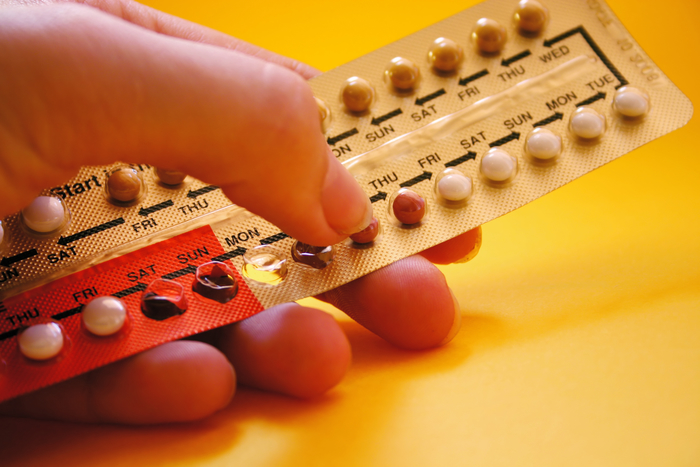On May 10, 1960, on the shelves of American pharmacies, approved by the FDA, a pill arrived that is in the history not only of medicine and scientific discoveries of the 1900s but also of customs, of society, a symbol almost of the liberation of the woman who case at the end of that decade it became a fundamental element of the movements of 1968 and in particular of the feminist movement. The contraceptive pill, which would arrive in Europe in '61, authorized in Italy in '67 for therapeutic purposes but accessible in fact only in 1976 when the Ministry of Health repealed the rules that prohibited the sale of the birth control pill.
The contraceptive pill acts thanks to the combination of small quantities of an estrogen and a progestin.
Daily intake of these two hormones inhibits hormonal events that induce ovulation. Hormones as a contraceptive possibility have been studied since the 1930s but birth control has been historically prohibited in Catholic countries, even illegal. The creation carried out in a small way is due to an activist for women's rights, the nurse Margaret Sanger, founder of the Planned Parenthood of America, revolutionary and avant-garde for the times (with the funds of the heiress Katherine McCormick) laboratory by biochemist Gregory Pincus and Harvard gynecologist John Rock.
The medicine Enovid, defined against menstrual disorders, with the words on the package: "this medicine will avoid ovulation" sold in less than two years, more than half a million packs. Compared to the debut years, the content of the pill has profoundly changed with the synthesis of new progestins, the progressive reduction of dosages and above all the decrease in side effects. In the meantime (no less debated) the morning after pill was born. Today it is used by more than 100 million women worldwide, in Italy about 16% of the fertile female population uses it.
But beyond the numbers it is in the use that the pill has been at the center in these 60 years of a long history of female struggle, prejudices, ideological battles. The pill has a very high contraceptive efficacy, a great ease of use and no interference with the sexual act: it is to the woman, and to her self-determination as it was once said, the freedom / faculty to take it. The body is mine and I manage it, the historical slogan of feminists of past eras included precisely the arbitrariness of the use of the pill or of the possibility, in a Catholic country like Italy (but the speech applies to all Catholic countries or however with religion determining in social choices) to decide the possibility of having a pregnancy. The contrasted history of the pill crosses the no less revolutionary one of the consultors, born to favor contraception, informing and educating women about the possibility of deciding themselves whether to become pregnant or not, without making it decide by chance or by the male. The consultors, less and less in Italy, have remained an educational outpost for the generations of today who certainly do not know the struggles behind these conquests, demonstrations, arrests, battles such as those that accompanied the launch of the law 194 of '78 which admits abortion voluntary and also that which is always the subject of political campaigns. (HANDLE).
The contraceptive pill is 60 years old, a symbol of liberation for women - Lifestyle
2020-05-10T17:06:50.145Z

On May 10, 1960, on the shelves of American pharmacies, approved by the FDA, a pill arrived that is in the history not only of medicine and scientific discoveries of the 1900s but also of customs, of society, an almost symbol of the liberation of ... ( HANDLE)
